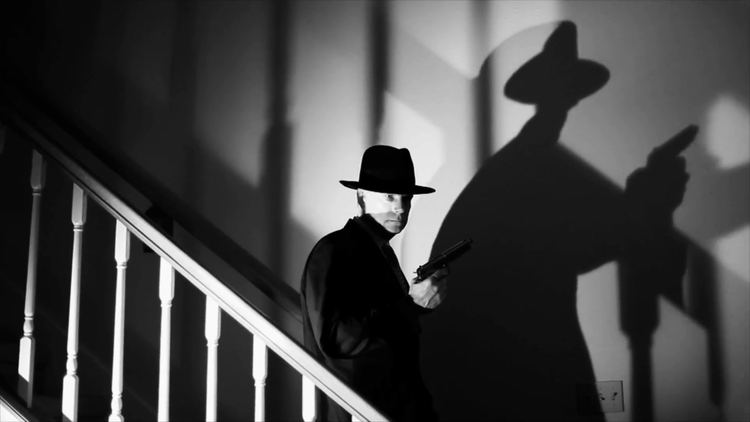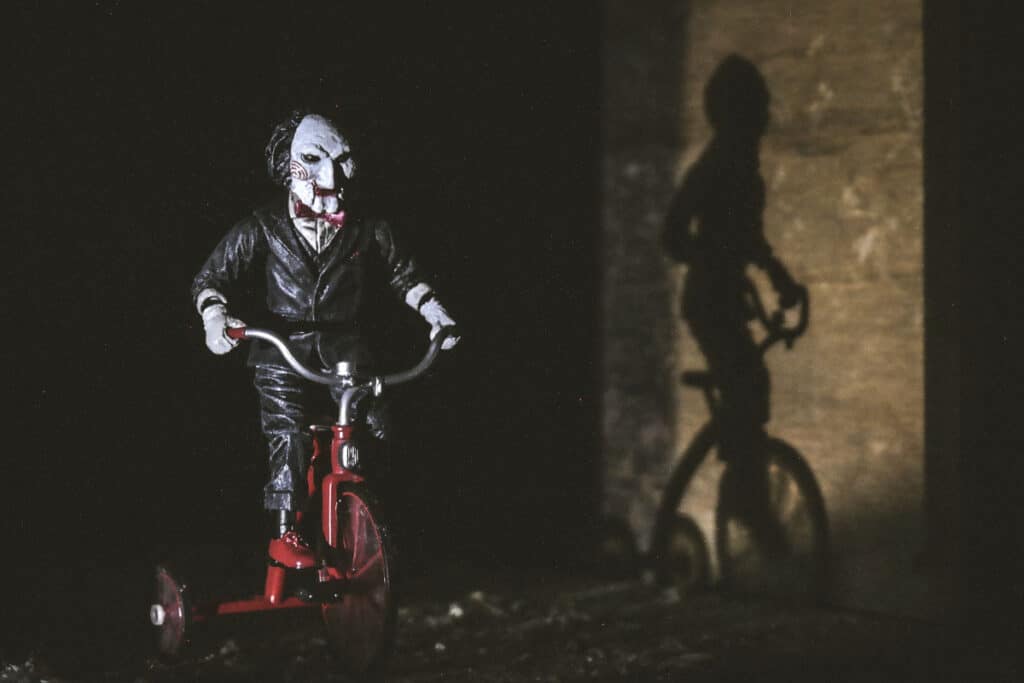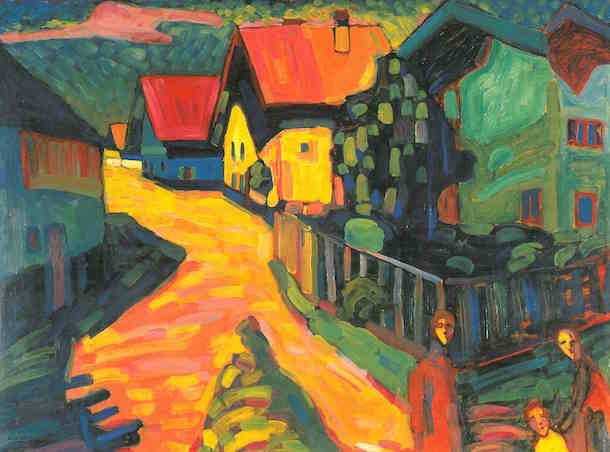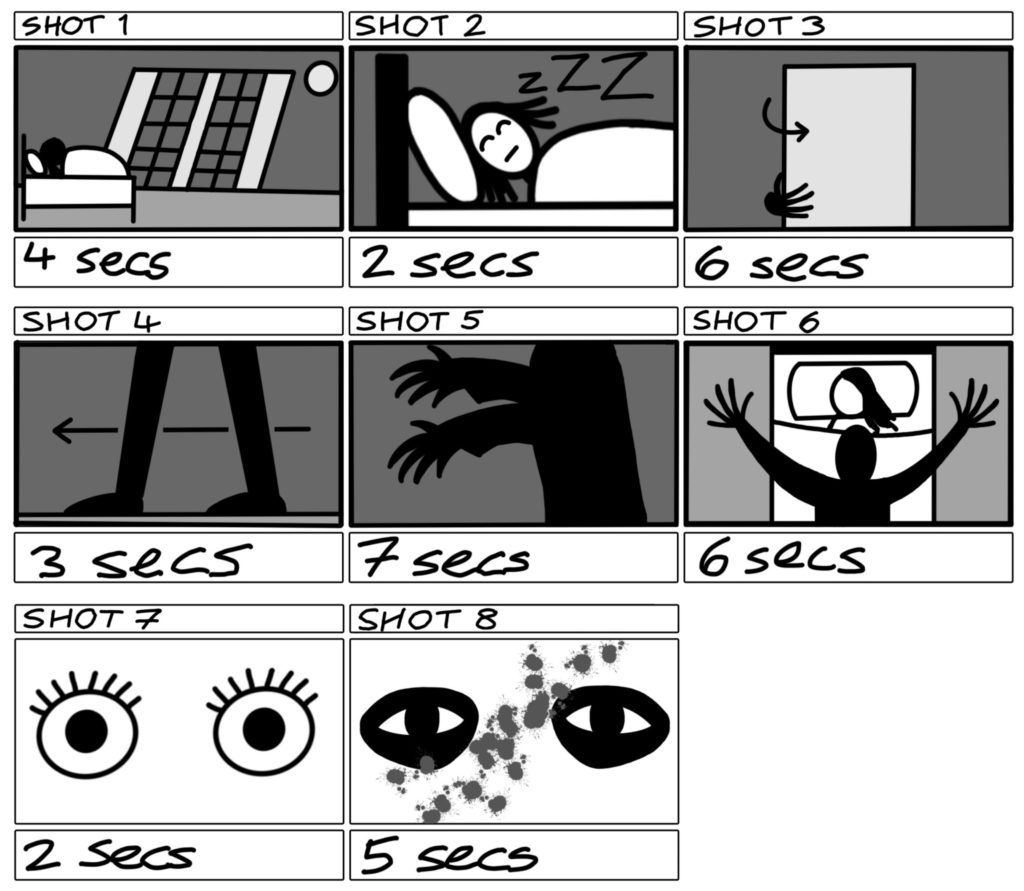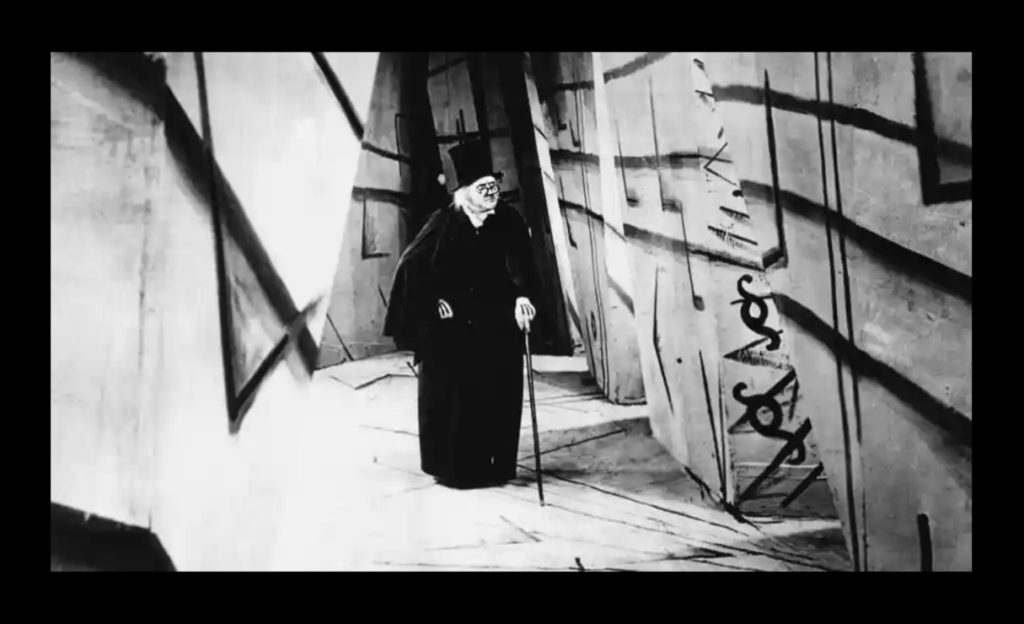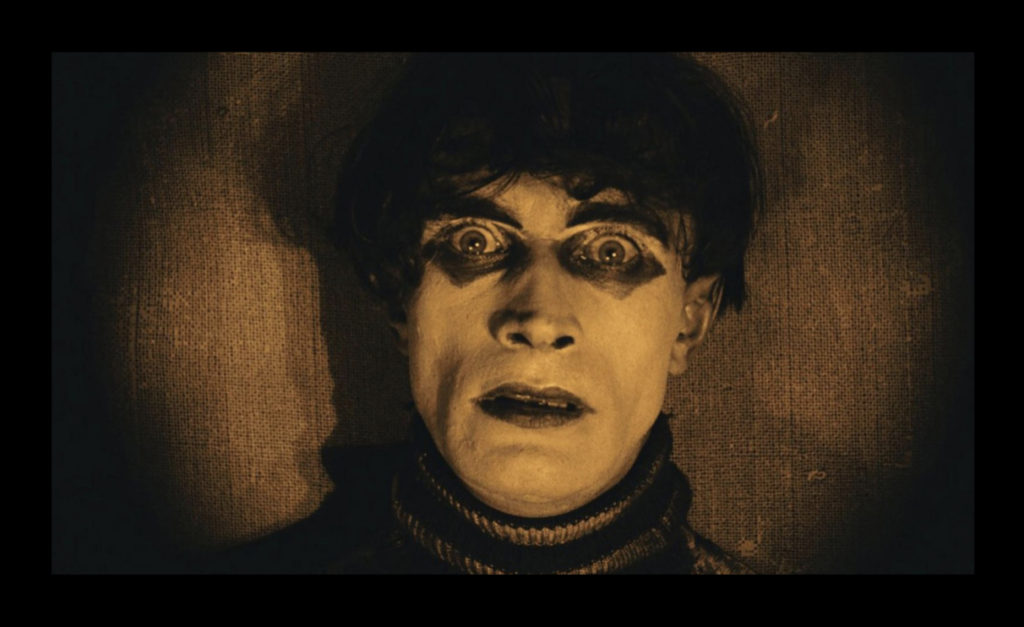
‘The Union Forever!’
This is my favourite scene because I feel it can be seen as very elaborate from a micro-element aspect. For example, the mise-en-scene includes elaborate blocking which allows the viewer to see who is in power in the scene, the mother is closest to the screen because she is the one making the decision, a decision which Mr Thatcher is entertaining and/or persuading her to make so, therefore, he is second closest to the camera. On the other hand the father is obviously shown to be distanced from them to show that he has little to no control in this situation, the wall on the right of figure 1 almost acts as framing to illustrate the idea that Mr Thatcher and Mrs Kane are creating a figurative wall between the 3 off them which is further supported by the fact that the father is the one who disagrees with the two but because of his lack of control in the situation, his word becomes meaningless. To further emphasise this sense of power/control Welles uses a tracking shot to follow Mrs Kane to the window which then cuts to a medium close-up (MCU) which uses diegetic gaze to emphasise not only hers but all seen characters thoughts and opinions on the situation while also maintaining the elaborate blocking of the characters. Welles creates a detailed soundscape which not only furthers the verisimilitude by creating a believable atmosphere but includes all the characters, this ensures that the viewer is aware that Kanes’ mother can hear her child playing but still signs over guardianship without displaying any emotion.


